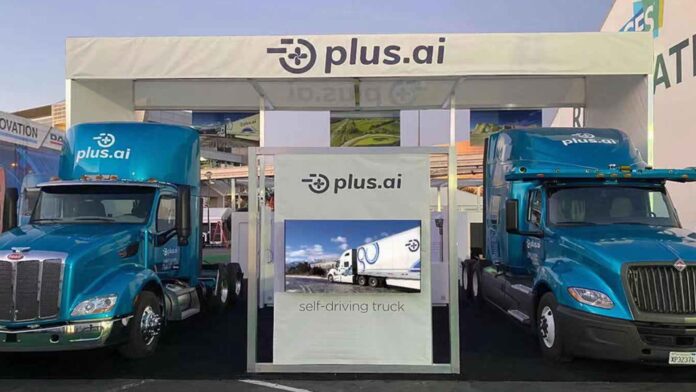Plus.ai is a leader in self-driving truck technology, globally. Its Headquarter is located in Silicon Valley, the company was initiated in the year 2016 by a group of serial entrepreneurs and industry veterans who are with high experience in high tech and artificial intelligence nearly more than 20 years
Transportation Research Center, Inc., is North America is the largest and the considered as the most advanced independent automotive testing facility. It’s overall covered about a range of 4,500 acres in East Liberty, Ohio. TRC produces the best component makers, the world’s leading vehicle manufacturers, and other transportation innovators with an advanced range of engineering, research, evaluation and testing capabilities, including a new SmartCenter research complex which is very specifically designed for automated and connected by testing on vehicle and research on smart highway.
This Plus-ai is announced to make an agreement with the Transportation Research Centre (TRC) to determine Plus.ai’s self-driving system by using real-world scenarios that involves testing with more than one vehicle. The test for Plus.ai is conducted at Transport Research Centre which is got from existing passenger car crash test standards in the U.S. and Europe, with the main focus on the testing of crash available in avoidance features, Kerrigan told FreightWaves.
The safety tests for Plus-ai are designed and implemented by TRC and produce on TRC’s nearly more than 50 years of experience in testing and producing perfect new products for the leading automotive and technology companies all over the world. This testing will help to evaluate the ability of the Plus.ai self-driving system and consistently handle multiple vehicle scenarios that help to find the best simulate complex under the category of realistic driving conditions. For instance, it is the responsibility of the Plus.ai driving system to predict how well the vehicles will react to each other, which helps to plan a way to control the truck more securely in response. This is a more rigorous test of the perception of the product, prediction about the content, and planning systems, involving aspects that might not be tested in an approach of single another vehicle. Tests will include a lot of hurdles like driving in both free-flowing and stop-and-go traffic in highway, mostly in mid-construction zones, disabled vehicles, bicycles, and under many critical circumstances. The same scenario will be repeated under different weather conditions and a range of visibility and lighting.

